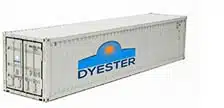The Ultimate Guide to Choosing the Right Container Sizes for Your Home: Insights and Expert Tips
Choosing the right container sizes for homes is essential for maximizing space and ensuring efficient organization. According to a recent report by the National Association of Professional Organizers, nearly 80% of homeowners feel overwhelmed by the amount of clutter in their living spaces, leading to increased stress and decreased productivity. Moreover, proper containerization has been shown to improve space efficiency by as much as 30%, allowing families to enjoy a more functional and visually appealing environment. With various options available in the market, understanding the optimal container sizes for homes is crucial for effective storage solutions. This guide aims to equip homeowners with insightful strategies and expert tips to select the best container sizes tailored to their unique needs, ultimately transforming their living spaces into organized sanctuaries.
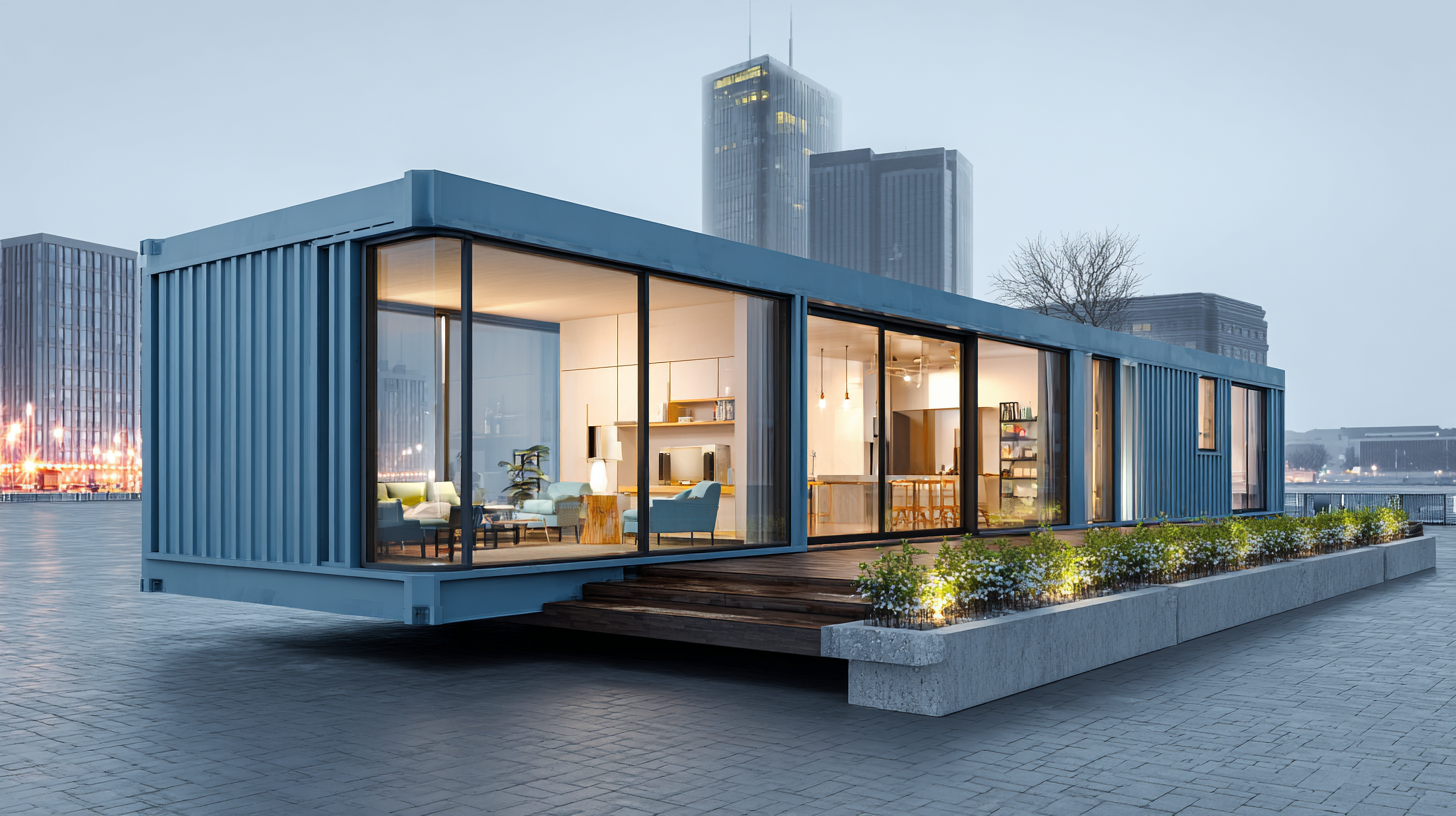
Understanding Different Container Types for Home Organization
When it comes to home organization, understanding different container types is crucial for optimizing space and enhancing functionality. According to a study by the American Institute of Stress, clutter can significantly contribute to feelings of anxiety and decreased productivity in home environments. Therefore, selecting the right containers can not only ease the visual chaos but also promote a more serene living space.
Various container types serve distinct purposes and can be tailored to meet specific storage needs. For instance, clear plastic bins are ideal for visibility and easy access, while woven baskets add a touch of aesthetic charm to any room. A recent report by the Container Store indicated that 78% of consumers prefer storage solutions that are both practical and visually appealing. Furthermore, using stackable containers can maximize vertical space, which is particularly beneficial in smaller homes. By investing in versatile and organized container types, homeowners can create a more efficient system that supports their lifestyle and reduces stress.
The Ultimate Guide to Choosing the Right Container Sizes for Your Home
| Container Type | Ideal Use | Recommended Size | Material | Maintenance Tips |
|---|---|---|---|---|
| Plastic Bins | General storage | 20 - 50 liters | Polypropylene | Wipe clean with a damp cloth |
| Glass Jars | Kitchen storage | 1 - 5 liters | Glass | Hand wash; avoid harsh chemicals |
| Fabric Baskets | Laundry or toys | 10 - 30 liters | Cotton or polyester | Machine washable; air dry |
| Wooden Boxes | Decorative storage | 30 - 60 liters | Plywood or solid wood | Dust regularly; polish with wood cleaner |
| Metal Containers | Outdoor storage | 40 - 100 liters | Galvanized steel or aluminum | Rinse with water; check for rust |
Assessing Size Needs Based on Storage Requirements and Space
When assessing size needs for storage containers, it's essential to start by evaluating what items you plan to store. Begin with a thorough inventory of your belongings, categorizing them into similar types such as clothing, books, or seasonal decorations. This process not only helps in determining the total volume required but also assists in identifying items that may no longer be needed, streamlining the overall storage solution.
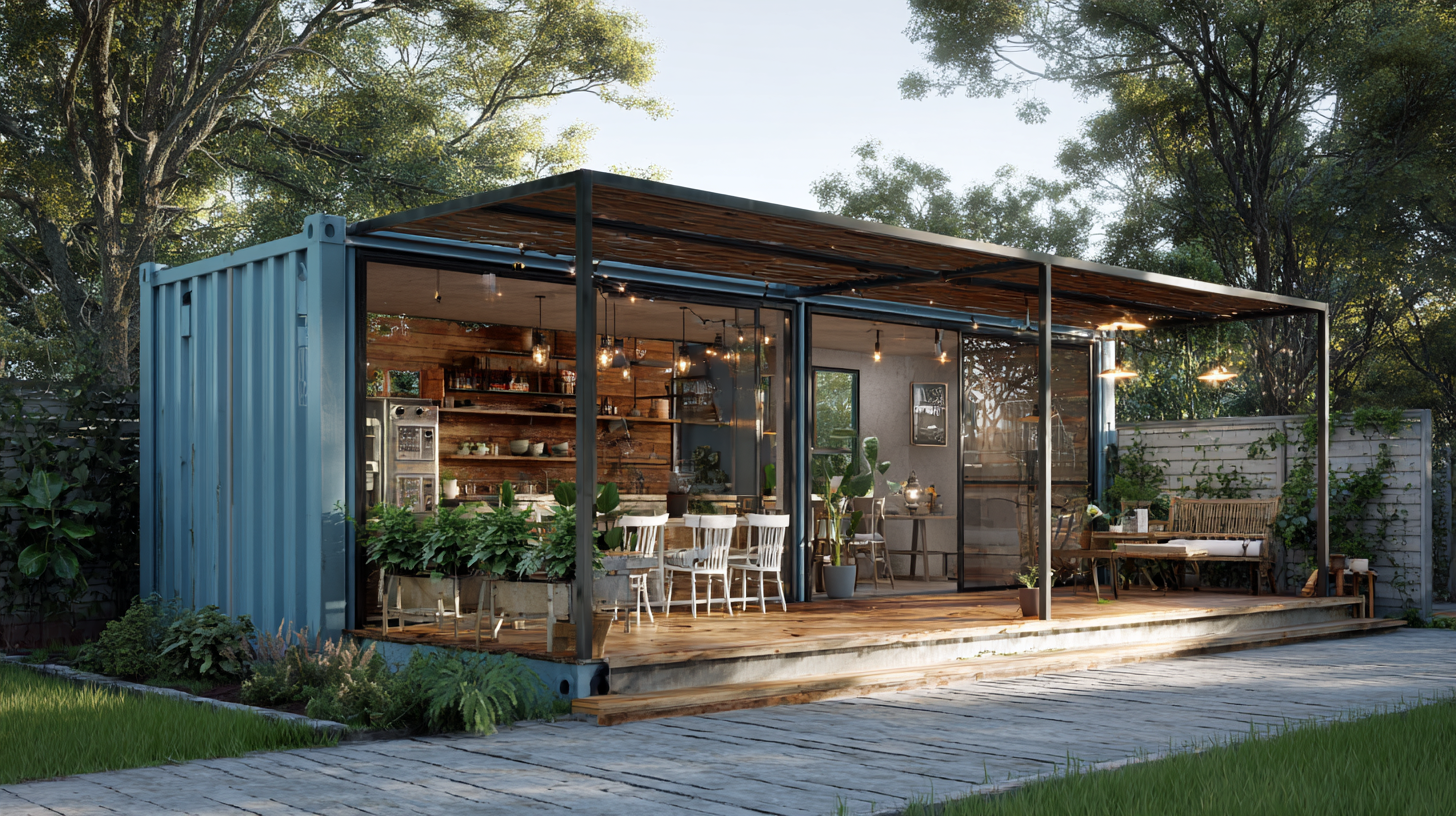
Once you have a clear understanding of your storage needs, consider the available space in your home. Measure areas where you plan to place containers, taking into account any architectural features like shelves, closets, or under-bed spaces. Choose container sizes that fit within these measurements while allowing for easy access and organization. Opting for a variety of container sizes can also enhance flexibility, enabling you to maximize space by using smaller containers for miscellaneous items while reserving larger ones for bulkier objects.
Selecting Aesthetically Pleasing and Functional Container Sizes
When selecting container sizes for your home, aesthetics and functionality should go hand in hand. A well-chosen container not only serves a practical purpose but also enhances the visual appeal of your space. Start by assessing the areas in your home where you plan to use these containers. For example, larger containers can dominate a room and serve as statement pieces, while smaller ones can create charming groupings on shelves or countertops.
Consider the material and color of the containers to maintain a cohesive theme throughout your home. Opt for materials that complement your existing décor, such as ceramic or wicker for a rustic feel or sleek metal for a modern touch. The colors should either match your palette or provide a striking contrast, ensuring they catch the eye without overwhelming the space. Moreover, think about the intended function—whether for storage, organization, or display—because the right size will enhance efficiency, making your home both beautiful and practical.
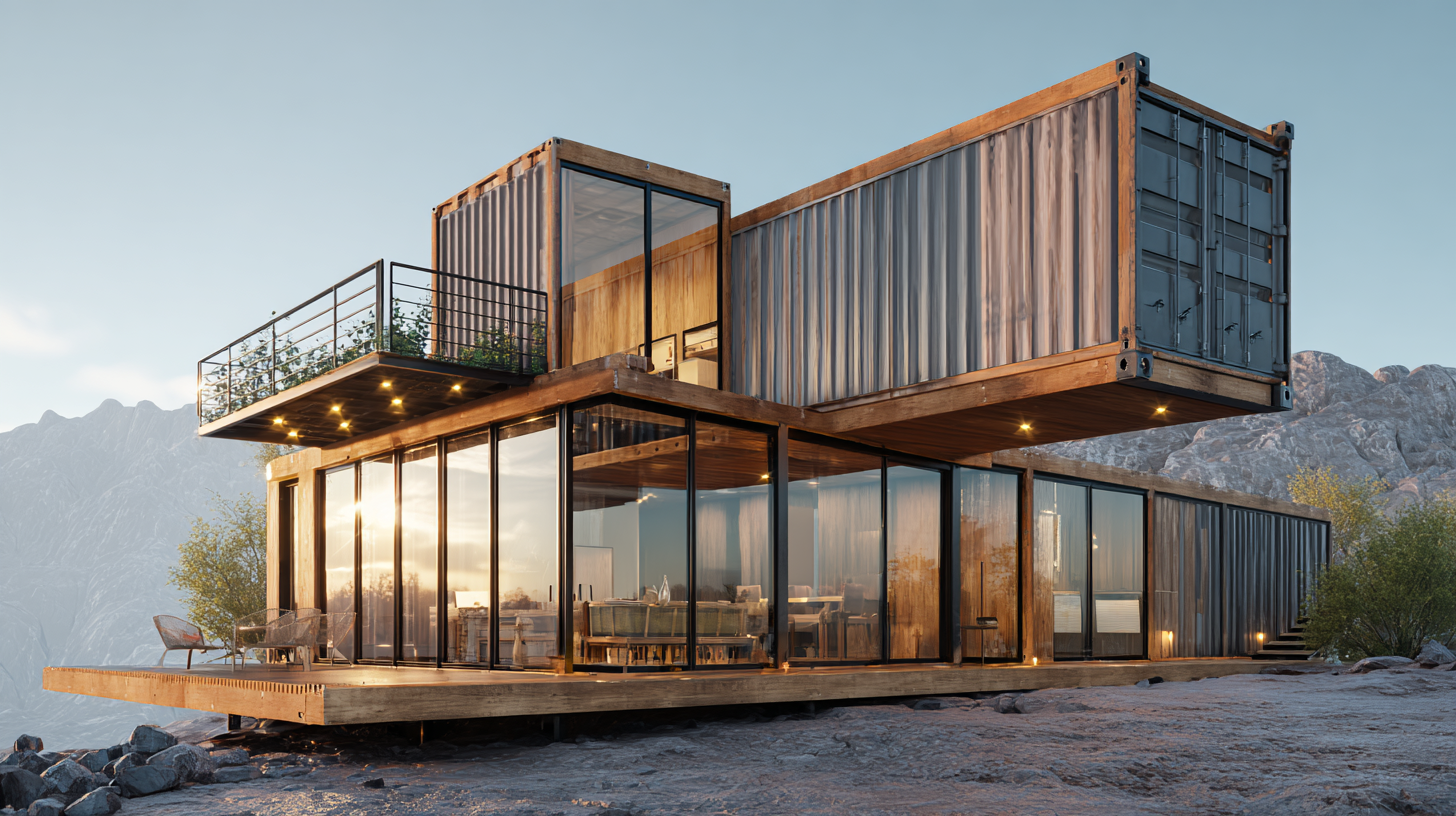
Expert Tips for Optimizing Container Usage in Your Home
When optimizing container usage in your home, the first step is to assess what items you have and how frequently you use them. Consider categorizing your possessions into groups such as daily essentials, seasonal items, and seldom-used things. This will not only help you choose the right container sizes, but also determine the best locations for storage. For instance, frequently accessed items should be stored in smaller containers within easy reach, while seasonal items can be placed in larger, less accessible containers.
Additionally, utilize transparent or labeled containers to enhance visibility and access. This allows you to quickly find what you need without rummaging through multiple boxes. It's also beneficial to employ stackable containers to maximize vertical space, particularly in smaller areas. Experimenting with different sizes can lead to discovering which dimensions work best for your storage needs, ensuring efficiency and elegance in your home organization.
Avoiding Common Mistakes When Choosing Container Sizes
When selecting container sizes for your home, avoiding common mistakes is crucial to achieving functionality and aesthetic appeal. One of the most frequent errors is misjudging the scale of the container in relation to the space available. A container that is too large can overwhelm a room, while one that is too small may go unnoticed. Measure your space carefully before making a purchase, and consider how the container will fit with existing furniture and decor.
Tip: Always visualize the container in your space before buying. Use painter's tape to outline its dimensions on the floor, helping you to see how it will interact with your environment.
Another common mistake is not considering the purpose of the container. Are you using it for storage, decoration, or a specific functional need? Selecting a size based solely on aesthetics can lead to frustration down the line if it does not meet your needs.
Tip: While choosing a container, think about what you plan to store or display inside it. Choose a size that not only fits your items but also allows for easy access and organization.
Related Posts
-

The Rise of Sustainable Living Through Shipping Container Flats
-

Transforming Urban Living: Innovative Container Solutions for Modern Spaces
-
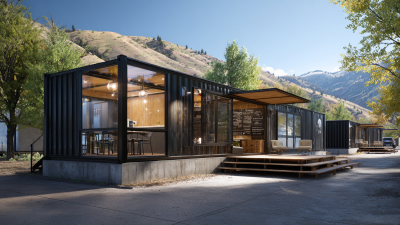
Exploring the Future of Modular Container Buildings: Sustainable Solutions for Modern Living
-

Transforming Urban Living: The Rise of Innovative Shipping Container Flats in Modern Architecture
-

Transforming Sustainability: The Rise of Innovative Cargo Container Houses in Modern Living
-
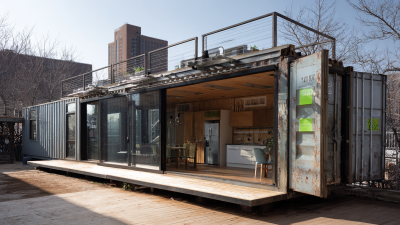
Transforming Shipping Containers into Sustainable Living Spaces: A 2023 Housing Solution

